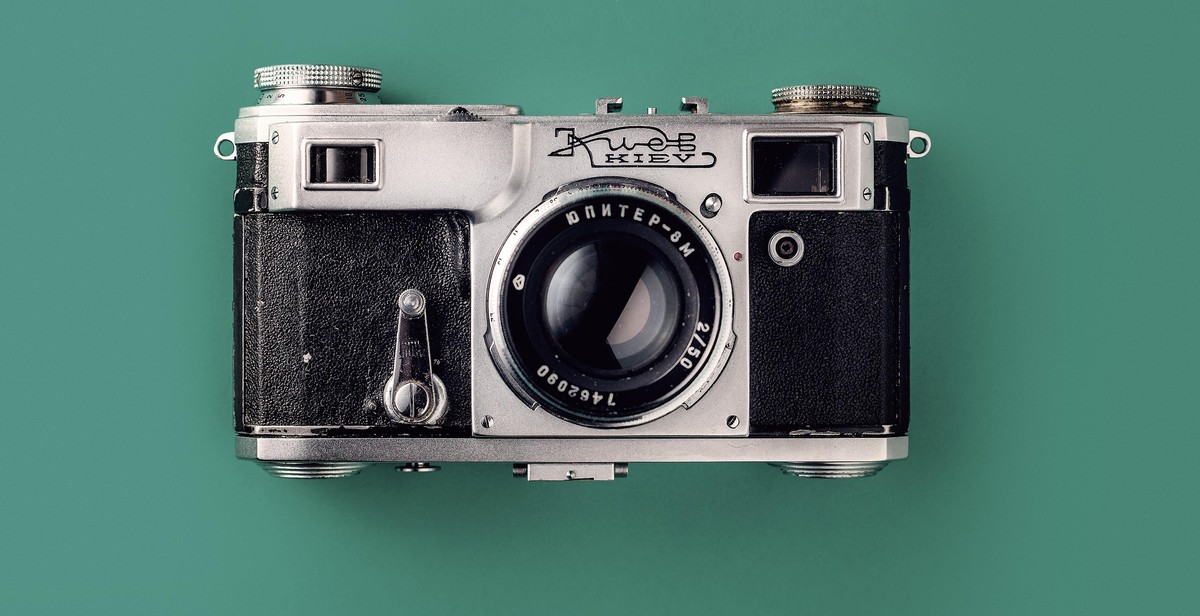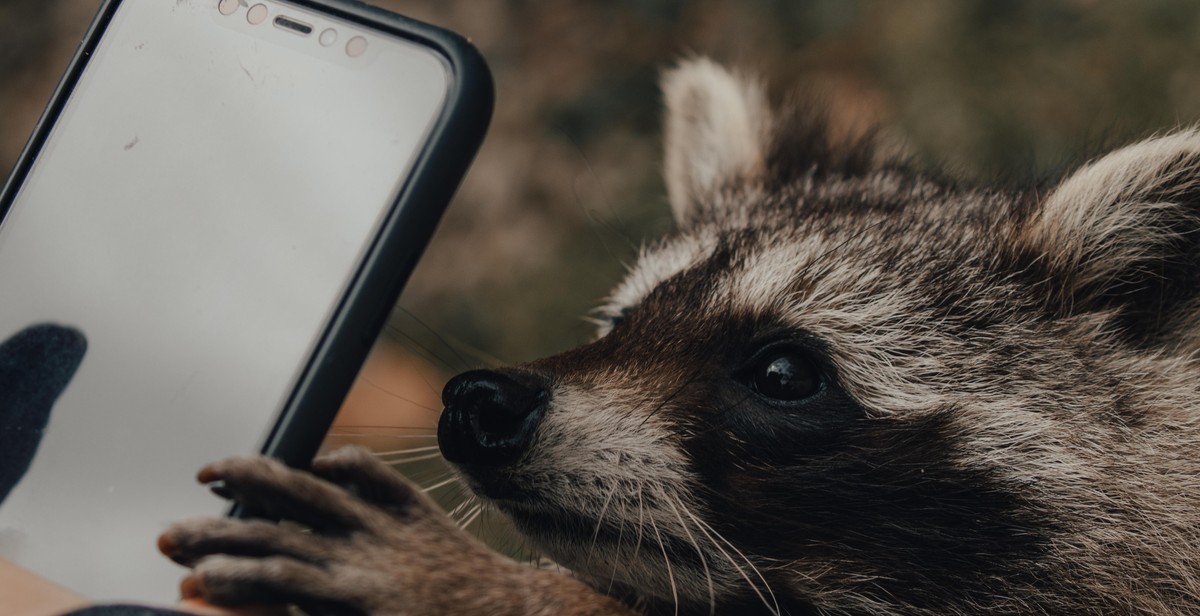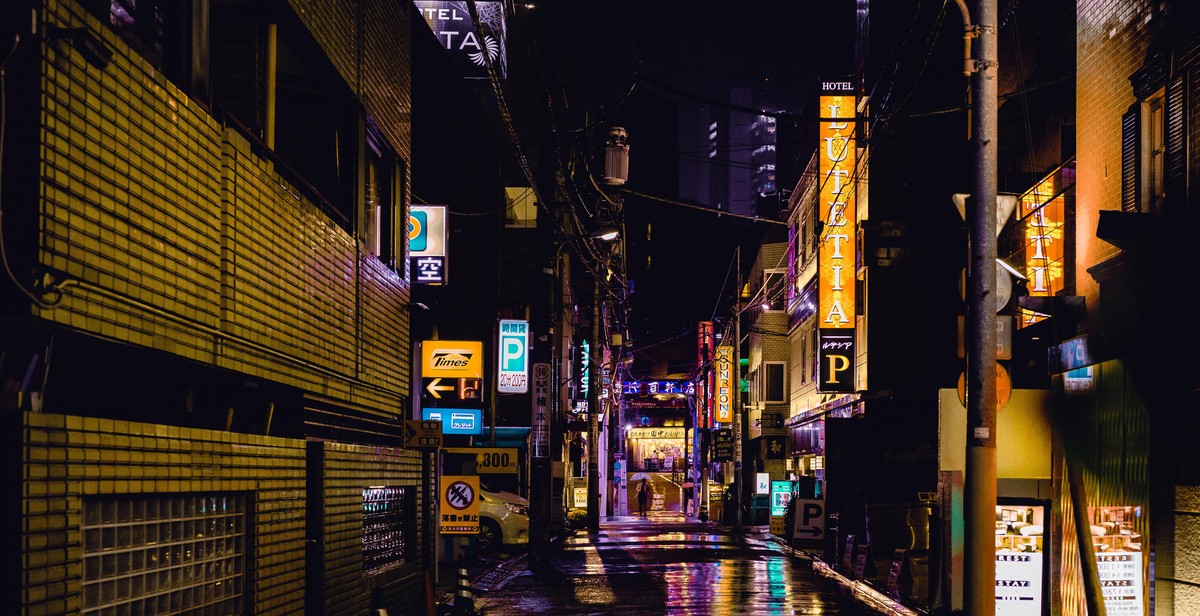Introduction
Wildlife photography is an exciting and rewarding hobby, but capturing nocturnal creatures under the cover of darkness presents a unique set of challenges. Nighttime wildlife photography requires a different approach, and the right gear and techniques are essential to achieve stunning results.
Why Nighttime Wildlife Photography is Challenging
Photographing wildlife at night is challenging for several reasons. Firstly, most animals are active during the day and tend to hide or sleep at night. Secondly, the lighting conditions are often poor, making it difficult to capture clear, sharp images. Thirdly, the photographer must be patient and stealthy to avoid disturbing the animals. Finally, the gear required for nighttime photography can be expensive and heavy.
Despite these challenges, capturing nocturnal creatures can result in stunning and unique images. With the right techniques and equipment, you can capture the beauty of the natural world at night.
In this article, we will explore the techniques and equipment required for capturing nighttime wildlife photography, as well as tips for finding and approaching nocturnal animals.

Equipment Needed for Nighttime Wildlife Photography
When it comes to capturing nighttime wildlife photography, having the right equipment is crucial. The following are some of the essential pieces of gear you will need:
Camera
A good quality camera with a high ISO range is essential for nighttime wildlife photography. Look for a camera that performs well in low light conditions and has excellent noise reduction capabilities. A full-frame camera is preferable, but a crop-sensor camera can also work well.
Lens
A fast lens with a wide aperture is necessary for nighttime wildlife photography. Look for a lens with an aperture of at least f/2.8 or wider. A telephoto lens will allow you to capture distant wildlife without disturbing them.
Tripod
A sturdy tripod is essential for keeping your camera steady during long exposures. Look for a tripod that is lightweight and easy to carry, but also stable enough to support your camera and lens.
Flashlight
A good quality flashlight is necessary for illuminating your subject and finding your way in the dark. Look for a flashlight with adjustable brightness levels and a long battery life.
Remote Shutter Release
A remote shutter release will allow you to trigger your camera without touching it, which can help to eliminate camera shake. Look for a wireless remote that can operate from a distance.
Extra Batteries and Memory Cards
Make sure you bring extra batteries and memory cards with you on your nighttime wildlife photography shoot. You don’t want to run out of power or storage space in the middle of a shoot.
| Equipment | Features to Look For |
|---|---|
| Camera | High ISO range, low-light performance, noise reduction capabilities |
| Lens | Wide aperture, telephoto capabilities |
| Tripod | Sturdy, lightweight, stable |
| Flashlight | Adjustable brightness levels, long battery life |
| Remote Shutter Release | Wireless, long-range capabilities |
| Extra Batteries and Memory Cards | Sufficient power and storage space |

Preparing for Your Nighttime Wildlife Photography Shoot
Nighttime wildlife photography can be a challenging and rewarding experience for any photographer. However, it requires preparation and planning to ensure a successful shoot. Here are some tips to help you prepare for your nighttime wildlife photography shoot:
Scouting Locations
Before heading out for your shoot, it’s crucial to scout potential locations. Research the area and look for places where you’re likely to find nocturnal creatures. You can also ask local wildlife experts or park rangers for recommendations.
Checking Weather Conditions
Weather conditions can significantly affect your shoot. Check the weather forecast beforehand to ensure you’re prepared for any changes in temperature, wind, or precipitation. Keep in mind that some animals may be more active during certain weather conditions.
Setting Up Your Equipment During the Day
Setting up your equipment during the day will save you time and hassle once you’re on location. Charge your batteries and pack extra ones, ensure your memory cards have enough space, and clean your lenses. It’s also a good idea to practice setting up your equipment in the dark, so you’re familiar with the process.
Preparing Your Camera Settings
Setting up your camera for nighttime wildlife photography requires specific adjustments. Set your camera to manual mode, adjust the aperture to the widest possible setting, and set the ISO to a high value to allow for more light. Experiment with different shutter speeds to find the right balance between capturing movement and avoiding blur.
- Manual mode
- Widest aperture
- High ISO
- Experiment with shutter speeds
By following these tips, you’ll be better prepared to capture stunning nighttime wildlife photography.

Tips for Capturing Nighttime Wildlife Photography
Capturing nighttime wildlife photography can be challenging, but with the right techniques and equipment, it can also be very rewarding. Here are some tips to help you capture stunning nocturnal creatures:
Use a Fast Lens
When shooting in low light conditions, a fast lens is essential. A lens with a wide aperture (f/2.8 or wider) will allow more light to enter the camera, enabling you to use faster shutter speeds and capture sharper images. A fast lens also helps to create a shallow depth of field, which can be used to isolate your subject from the background.
Use a High ISO
Increasing your camera’s ISO setting allows you to capture more light, which is crucial when shooting in low light conditions. However, be careful not to set your ISO too high, as this can result in noisy images. Experiment with different ISO settings to find the right balance between noise and exposure.
Use a Tripod and Remote Shutter Release
Using a tripod and remote shutter release is essential for capturing sharp images. A tripod will keep your camera steady and prevent camera shake, while a remote shutter release will ensure that you don’t accidentally move the camera when taking the shot.
Be Patient and Quiet
Wildlife photography requires patience and a quiet approach. Take your time and wait for your subject to come to you. Avoid sudden movements and loud noises that could scare away your subject.
Use a Flashlight to Illuminate Your Subject
Using a flashlight can help to illuminate your subject and create interesting lighting effects. Try shining the light from different angles to create shadows and highlights.
Shoot in RAW Format
Shooting in RAW format gives you more control over the final image. RAW files contain more information than JPEG files, allowing you to adjust exposure, white balance, and other settings in post-processing without losing image quality.
| Tip | Technique |
|---|---|
| Use a Fast Lens | Wide aperture (f/2.8 or wider) |
| Use a High ISO | Experiment with different ISO settings |
| Use a Tripod and Remote Shutter Release | Prevents camera shake and accidental movement |
| Be Patient and Quiet | Avoid sudden movements and loud noises |
| Use a Flashlight to Illuminate Your Subject | Creates interesting lighting effects |
| Shoot in RAW Format | Allows more control in post-processing |

Post-Processing Your Nighttime Wildlife Photography
After capturing your nighttime wildlife photographs, the next step is to post-process them to enhance their quality. Here are some tips on how to post-process your nighttime wildlife photography:
Adjusting Exposure and White Balance
One of the most important steps in post-processing your nighttime wildlife photography is adjusting the exposure and white balance. This is because the lighting conditions at night can be challenging, and your camera may not always capture the colors and brightness accurately.
To adjust the exposure, use the exposure slider in your editing software to brighten or darken the image. You can also adjust the shadows and highlights to bring out more detail in the dark areas of the photograph.
When it comes to white balance, you can use the white balance tool in your editing software to adjust the temperature and tint of the image. This will help to correct any color casts caused by artificial lighting or the moon.
Reducing Noise
Noise is a common issue in nighttime wildlife photography, especially when using high ISO settings. To reduce noise, use the noise reduction tool in your editing software. Be careful not to overdo it, as too much noise reduction can result in a loss of detail and sharpness.
Sharpening Your Image
Finally, sharpen your image to enhance the details and make it look more crisp. Use the sharpening tool in your editing software, but be careful not to oversharpen as it can create artifacts and make the image look unnatural.
| Post-Processing Tips for Nighttime Wildlife Photography |
|---|
| Adjust the exposure and white balance |
| Reduce noise using the noise reduction tool |
| Sharpen the image to enhance details |
By following these post-processing tips, you can enhance the quality of your nighttime wildlife photography and create stunning images of nocturnal creatures.

Conclusion
Photographing nocturnal wildlife can be a challenging yet rewarding experience. With the right equipment, knowledge, and patience, you can capture stunning images of elusive creatures that are rarely seen during the day.
Tips for Successful Nighttime Wildlife Photography
- Choose the right camera and lens for low-light conditions
- Use a tripod or other stabilizing device to avoid camera shake
- Experiment with different shutter speeds and ISO settings to find the right balance
- Learn about the behavior of the animals you want to photograph to increase your chances of success
- Use a remote shutter release or self-timer to avoid disturbing the animals
Be Respectful of Wildlife
Remember to always prioritize the safety and well-being of the animals you are photographing. Avoid disturbing their natural habitat or behavior, and never use flash photography or other techniques that could harm them.
Share Your Experience
Once you have captured your nighttime wildlife photographs, consider sharing them with others. Your images can help raise awareness about these fascinating creatures and inspire others to appreciate and protect them.
With the right approach and a little bit of luck, you can create stunning images of nocturnal wildlife that will amaze and inspire others.
